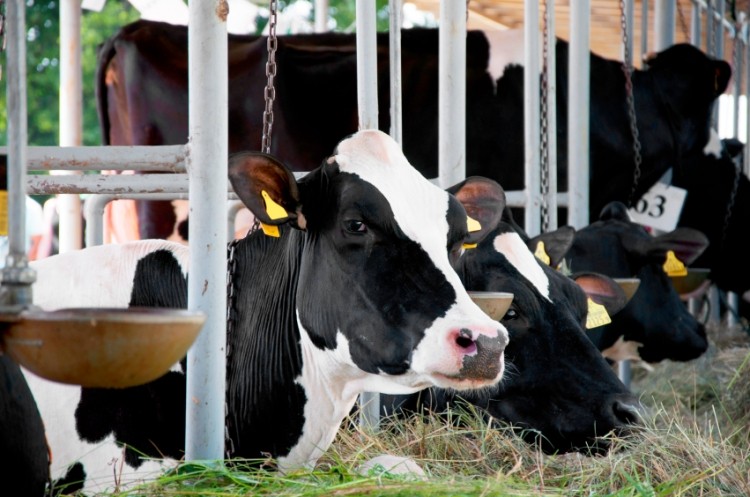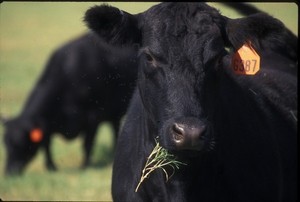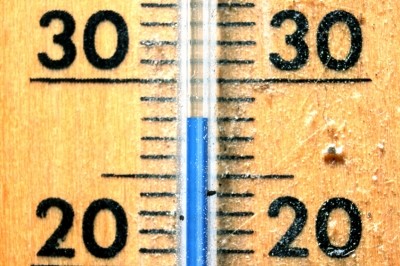Dip in feed use, sales could follow US blizzard cattle deaths

An estimated 15,000 dairy cattle died in the storm in parts of Texas, less than 10% of the dairy herd in those areas, said Ellen Jordan, professor and extension dairy specialist at Texas A&M University.
About 20,000 deaths also have been reported in New Mexico, but numbers of beef cattle lost are not yet known.
Many of the cattle deaths stemmed from cows bunching together and being buried by snow, she told FeedNaviagtor. “Mother nature dealt a very wicked blow,” she added.
The storm brought snow and about 48 hours of winds reaching 40-60 mph, said Ted McCollum, professor and beef cattle specialist with Texas A&M University Extension. “At the heart of the storm on Sunday, visibility was almost zero, so when that occurred, it was difficult to do anything.”
Feed challenges
During and after the storm, feed was disrupted by poor conditions and bad roads, said McCollum. Initial recovery efforts included digging out drifted snow from barns and roads, and clearing feeding facilities.
The dairy industry may see a reduction in concentrates fed, added Jordan. In the next few months dairies will need to repopulate herds and some animals may not return to previous levels of production accounting for a short term down turn in feed or concentrate use.
“On the forage side, most of the producers have their silage in and they’ll continue using that,” she said. “A lot of have their hay stockpiled. Others bring it in a truckload at a time and they may have to adjust, but I expect demands could be similar.”
Blow to dairy
“Five of our top 10 dairy counties in Texas were in the bullseye of winter storm ‘Goliath’,” said Jordan. In November, the area accounted about 42% of the state’s milk production.
How much milk was lost during, and immediately after, the storm is unknown at this point, she said. But it could have been hundreds of tanker loads.
In addition to the deaths, lack of milking can hurt a cow’s overall production, said Jordan. While cattle that recently calved could recover, those nearing the end of their lactation period may have to be dried off early.
“Producers are in the process of figuring that out right now,” she said. “In talking to them, their tank average is down 5-20%.”
Cattle damage
“Everyone out here is still trying to assess what kind of loses have occurred in terms of inventory on cattle,” said McCollum. “From a fed cattle standpoint, the death loss appears to be relatively minimal compared to what was expected to happen. In the fed cattle, we’re going to lose some inventory and it’s significant to whoever owned the cattle.”
In addition to cattle deaths, snow drifts overwhelmed fences in some areas, he said. Producers are still sorting cattle from mixed herds.
“There are people spending all day long sorting cattle back to owners, so it’s difficult to have an inventory until those are sorted,” he said. “Then you can determine what’s missing.”
The weather and disruptions to feed schedules also may mean lighter cattle going to market, he said. “All across the feeding belt we might see some lighter cattle coming out of feed yards and that will affect beef supply in the short (term).”
Future preparation
A potential take away from the storm may be to reevaluate wind blocks, said Jordan.
“Dairies were preparing by grooming lots so water from snowfall would run off, and making sure they had provisions in and if they needed to order extra feed they’d done that,” she said. “It was that the conditions from the storm became so bad you couldn’t keep feeding.”
Many cattle producers have set steps to weather storms, said McCollum. Storm preparation often includes ensuring that enough feed or feed ingredients and supplies are in place, preparing generators in case of power loss, checking protection for water systems and making arrangements if employees are stuck on farms.
Additionally, animals can be prepared by putting out feed and offering additional protection, such as stacking round bales of hay to offer wind breaks, he said.
“We’re used to cold temperatures, and snow, and high winds, but when you put them together it becomes more of a challenge,” he added.

![[pic: (c) istock.com/branex]](/var/wrbm_gb_food_pharma/storage/images/_aliases/wrbm_medium/5/5/0/8/1738055-1-eng-GB/Purina-looks-at-complete-lifespan-in-new-cattle-feeding-program.jpg)




